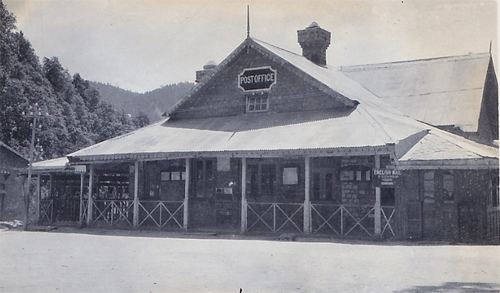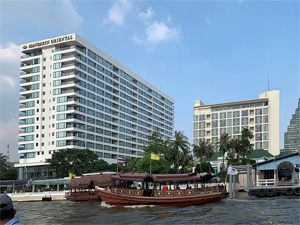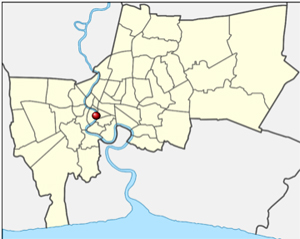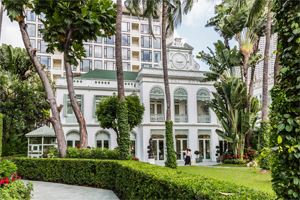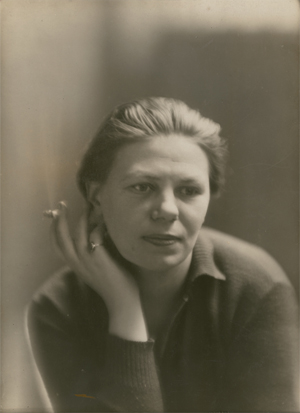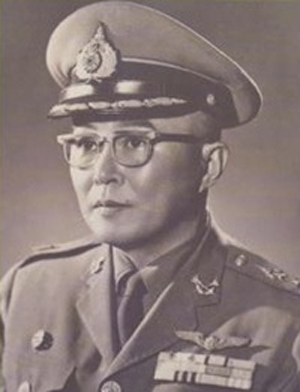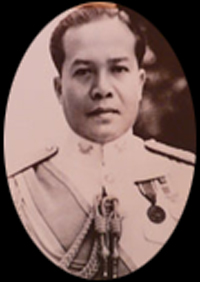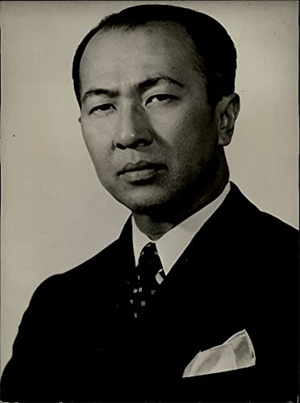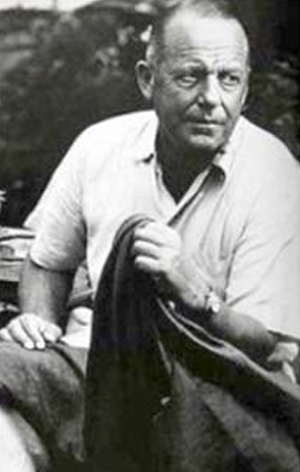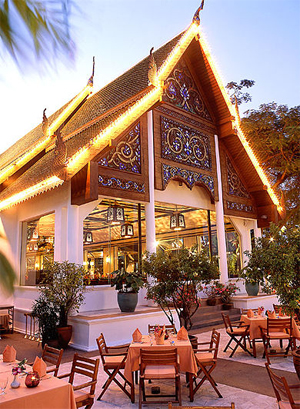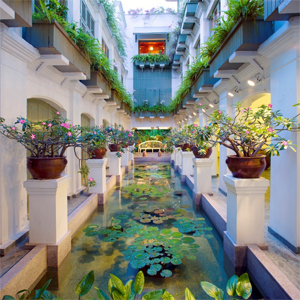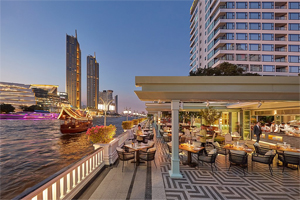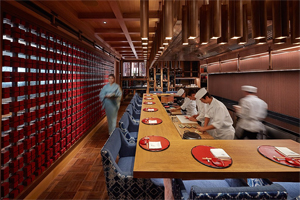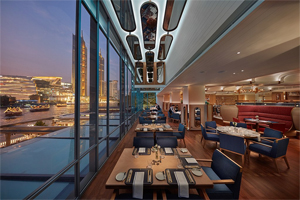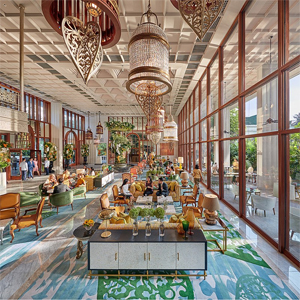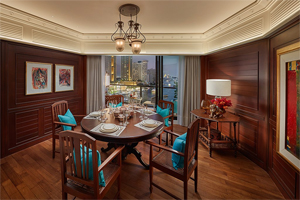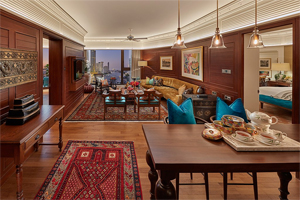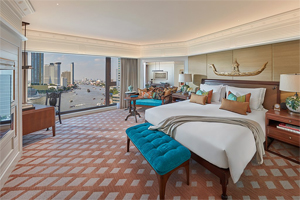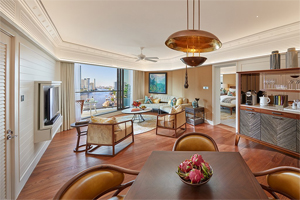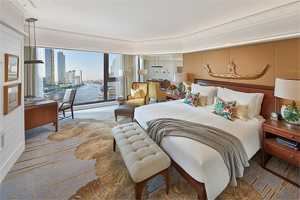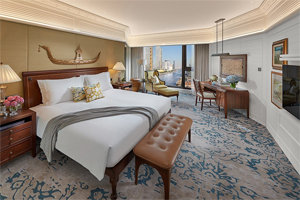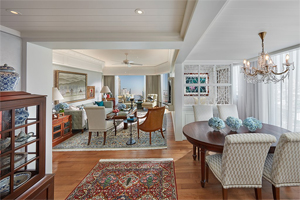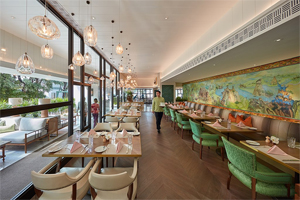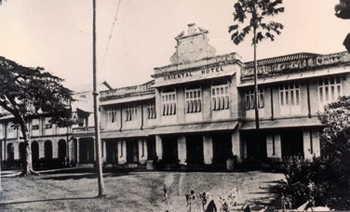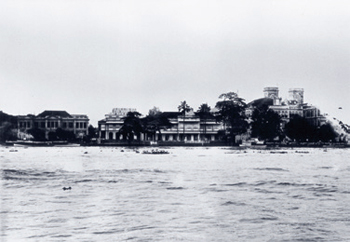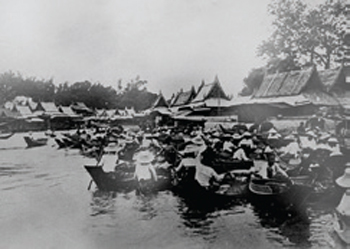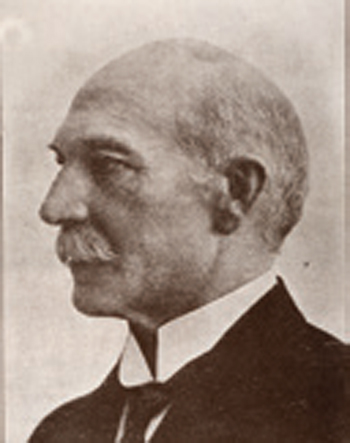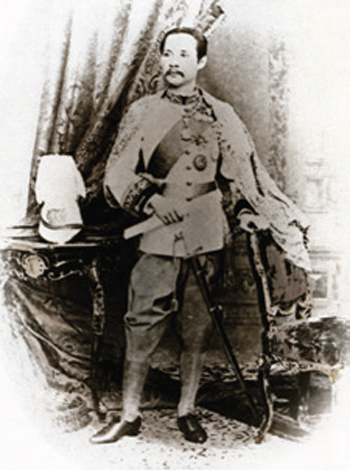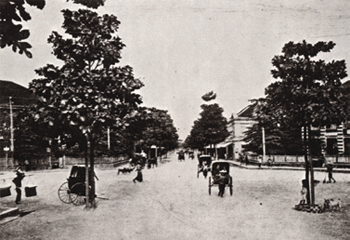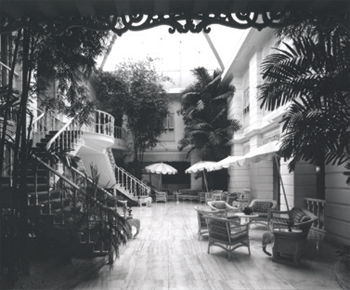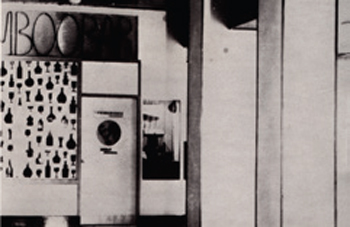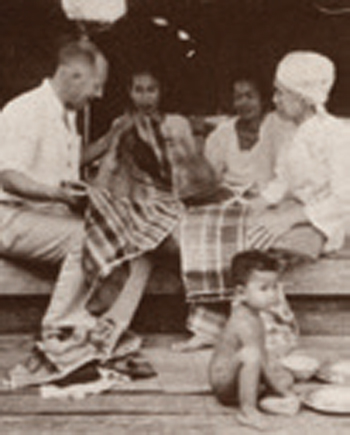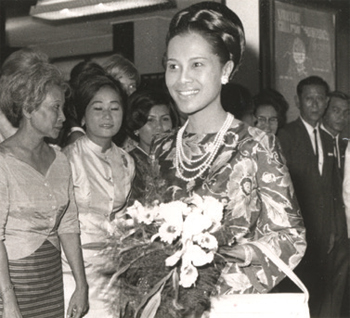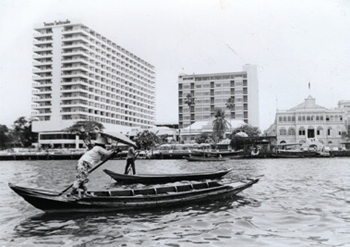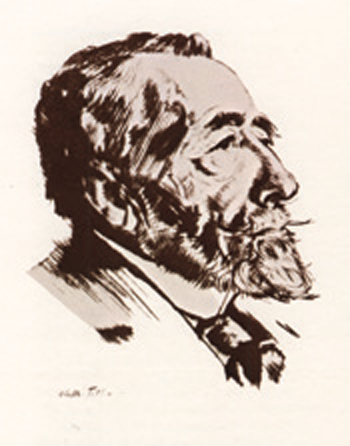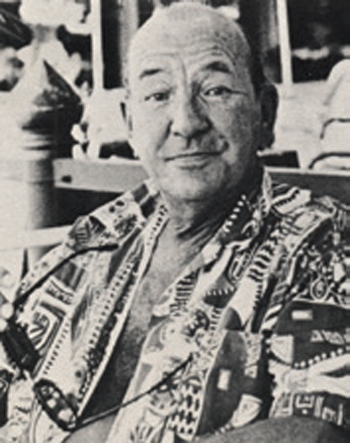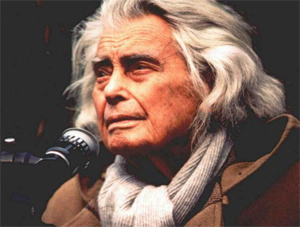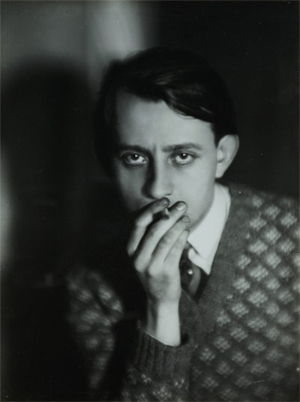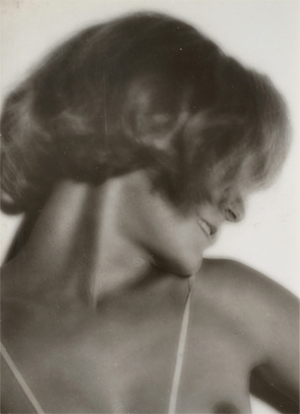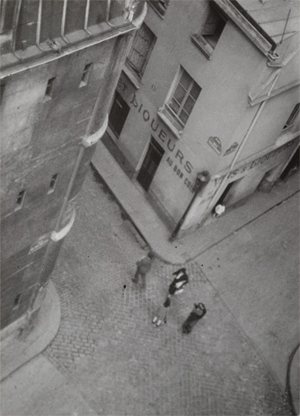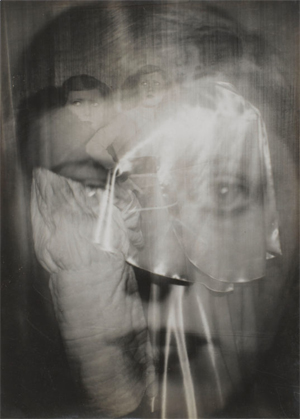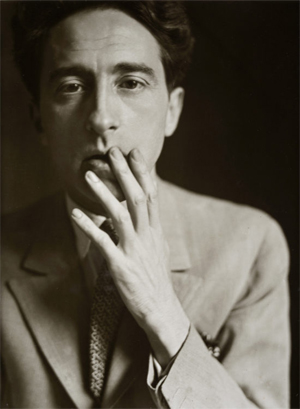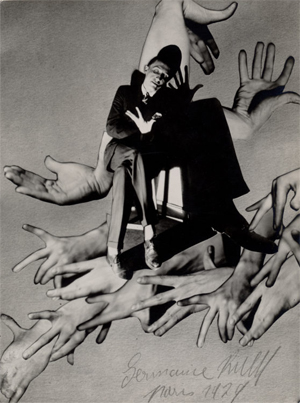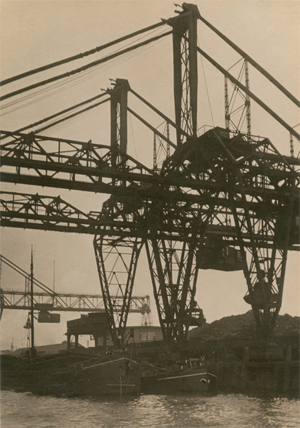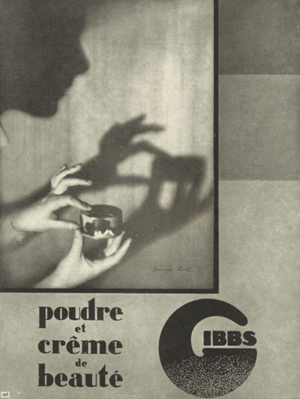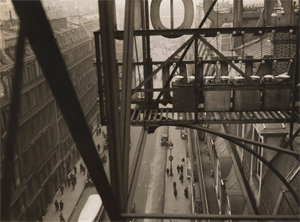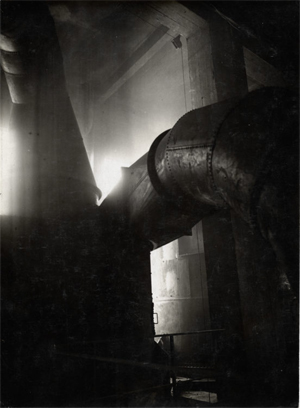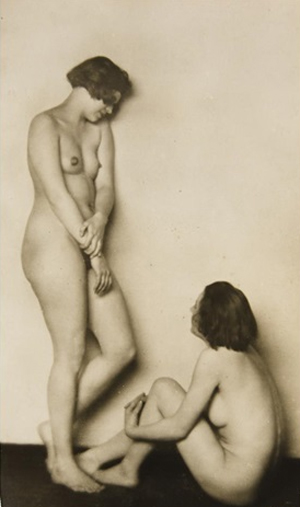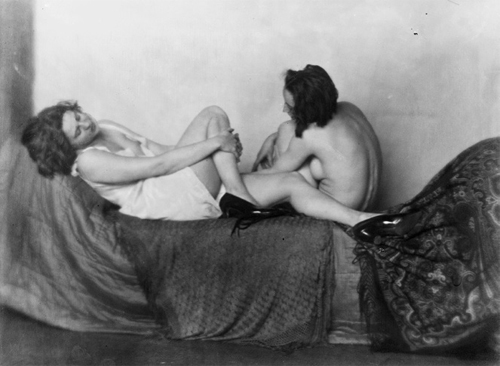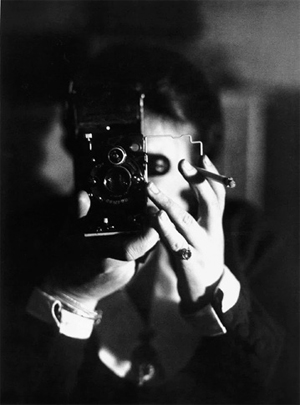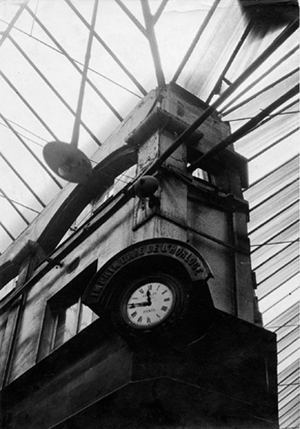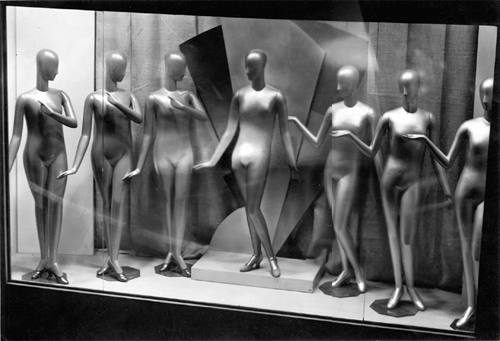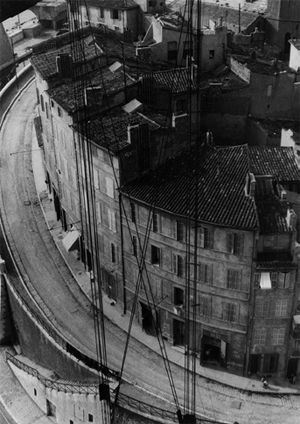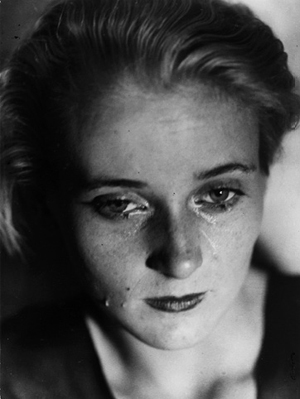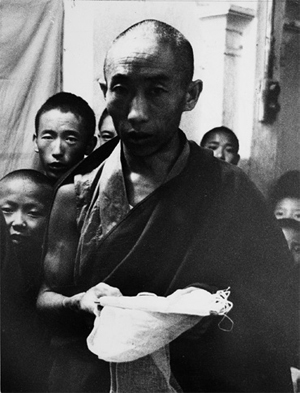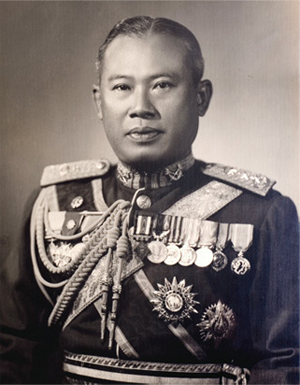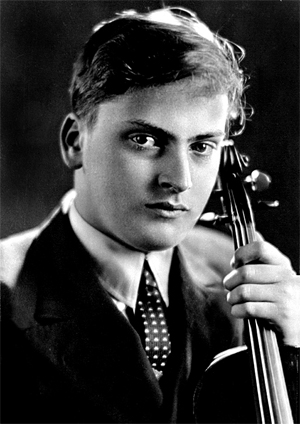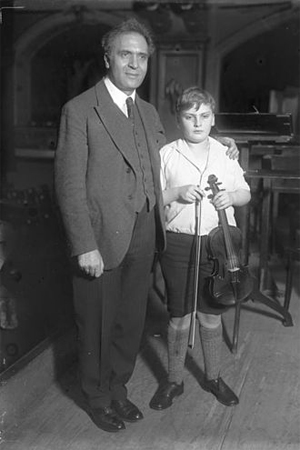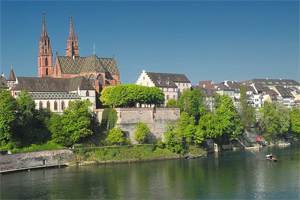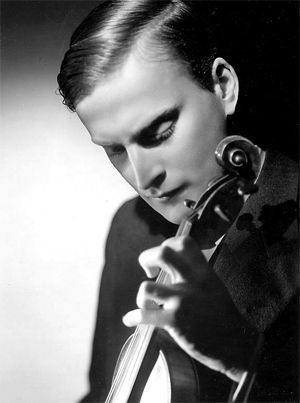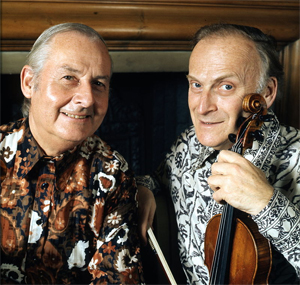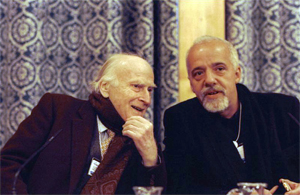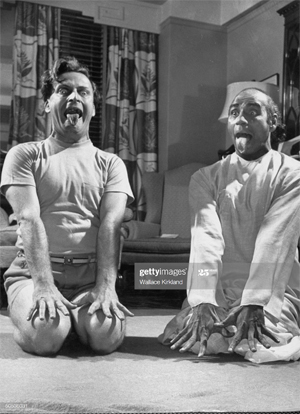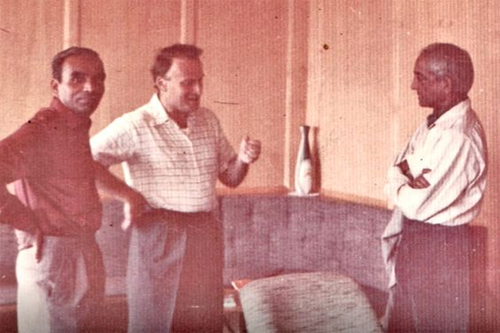by Wikipedia
Accessed: 5/28/20

Dalhousie Hill station
Dalhousie is located in Himachal Pradesh
Coordinates: 32.53°N 75.98°ECoordinates: 32.53°N 75.98°E
Country: India
State: Himachal Pradesh
District: Chamba
Elevation: 1,970 m (6,460 ft)
Population: (2011)
• Total 7,051
• Rank 25 in HP
Time zone: UTC+5:30 (IST)
PIN: 176304
Telephone code: +91 1899
Vehicle registration: HP-47
GPO Post Office at Dalhousie India 1930's
Dalhousie is a hill station in Chamba district, in the northern Indian state of Himachal Pradesh. It is situated on 5 hills and has an elevation of 1,970 metres above sea level.[1]
Etymology
Dalhousie Town was named after The Earl of Dalhousie, who was the British Governor-General in India while establishing this place as a summer retreat.[2]
Climate
Dalhousie has a humid subtropical climate. Late summer and early spring see torrential rainfall due to monsoonal influence. The city sees over 90 frost days per year and 45-50 snow days.
References
1. Gopal, Madan (1990). K.S. Gautam (ed.). India through the ages. Publication Division, Ministry of Information and Broadcasting, Government of India. p. 177.
2. "Dalhousie: perfect summer getaway". Bangalore Mirror. 4 March 2010. Archived from the original on 6 March 2010. Retrieved 1 May 2013.
3. "Climate of Himachal Pradesh" (PDF). Climatological Summaries of States Series - No. 15. India Meteorological Department. January 2010. pp. 36–42. Archived from the original (PDF) on 19 February 2020. Retrieved 8 March 2020.
External links
• Dalhousie, India travel guide from Wikivoyage
• More information about Dalhousie.
*********************************
Best Places to Visit in Dalhousie
by Sharp Travels (India) Limited
Accessed: 5/29/20
Find the most gorgeous places to visit Dalhousie that is a great escape for the honeymooners looking for some quiet and beautiful time. One can find the most enchanting sites, the most gorgeous landscapes, the sparkling rivers, colonial charm, vintage experiences on Dalhousie Tour packages.
Best things to do in Dalhousie:
One can try various colonial charms being here, enjoy trekking, shopping, various adventures and thrills and also try the most lip smacking food of Dalhousie.
1. Khajjiar
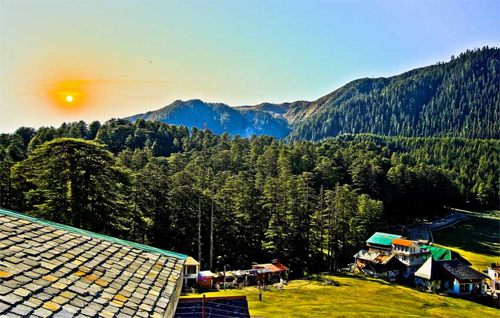
Khajjiar is famous for its Deodar and Pine trees that one can find, this place has the amazing snow capped Himalayas that form the backdrop, this is a great spot for friends and family. Find the most enchanting Khajjiar Lake that is the best place to visit in Dalhousie.
How far is it from Dalhousie?: This place is 22 km away from Dalhousie.
2. Dainkund Peak
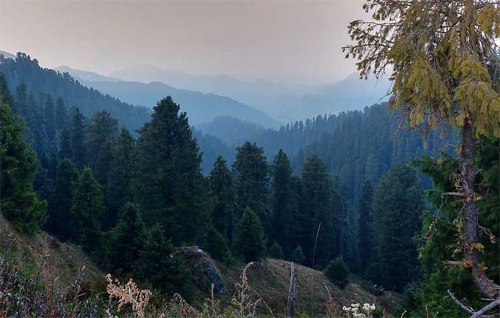
Also named as the ‘Singing Hill’ this is the best place to visit for the views of the valleys, green hills, and plains, also fall in love with the view of the three rivers – Chenab, Ravi and Beas, that enhance the beauty of this place.
How far is it from Dalhousie?: This place is 10 km away from Dalhousie.
3. Kalatop Wildlife Reserve
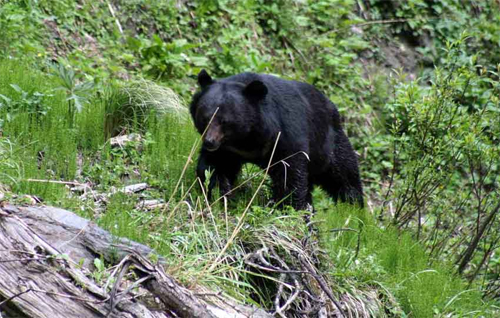
Also famous for housing the Himalayan Bear, this is the best wildlife sanctuaries in Himachal Pradesh and a really popular place to visit in Dalhousie. The beautiful river Ravi provides this place with the water supply. Also find the famous deodar, blue pine, & oak trees here.
How far is it from Dalhousie?: This place is 6 km away from Dalhousie.
4. St. Francis Catholic Church
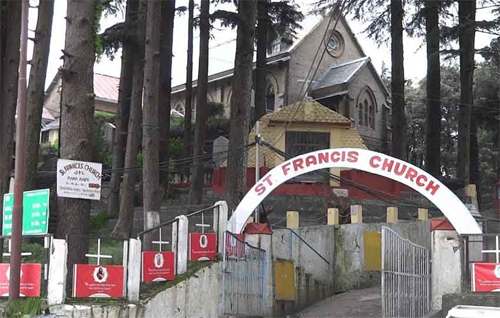
Established in the year 1894, this magnificent church has European architecture and décor. The church is a major tourist attraction and a popular place of worship. It’s distinguishing charm is the reason it is counted among the eminent tourist places in Dalhousie.
5. Panchpula

Panchpula is renowned for its waterfalls, find the sparkling streams, samadhi of the famous freedom fighter Sardar Ajit Singh. This is an important place to visit as it is a main source of water supply to the town as well as nearby villages.
6. Ganji Pahari
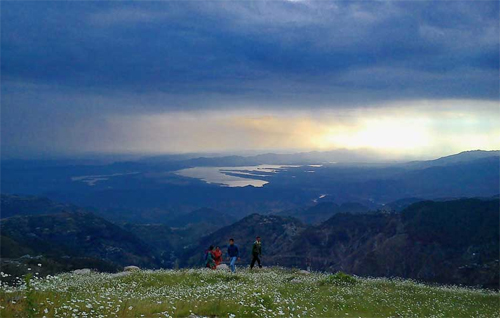
Ganji Pahari is in the Bakrota Hills, and doesn’t have any vegetation on its top. One can find the best views of the surroundings as well as the fresh mountain air that create some great time for children.
How far is it from Dalhousie?: This place is 5 km away from Dalhousie.
Satdhara Falls is on the Panchpula route and is a classic example of nature and natural wonders. This water has a lot of healing and medicinal properties, one can find the out of the world beautiful view of the seven streams on
7. Rang Mahal
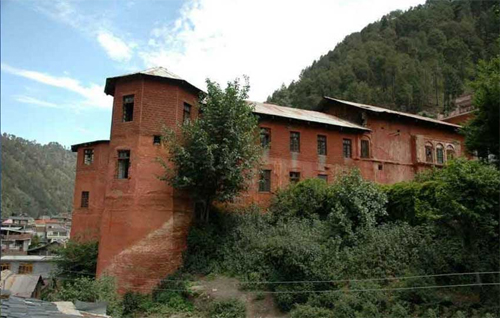
The Rang Mahal is one place exciting place that has a lot of historical significance. One can find the influences of both Mughal and British architecture in Rang Mahal. Find a lot of vibrant wall paintings that portray the life of Lord Krishna and is a major tourist attraction.
8. Chamera Lake
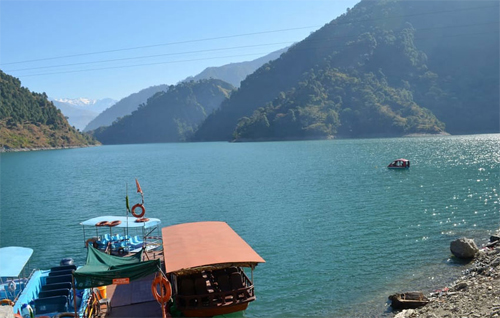
Chamera lake is an artificial lake and is an important part of Chamera Hydroelectric Project, visiting to this lake and dam are must on your Dalhousie trip. This lake is known for its extra ordinary beauty and has the dense pine forests of Bhandal Valley where one can try some great activities such as motor boating, river rafting, kayaking, canoeing, etc. Make sure to pay a visit to the famous Bhalei temple.
How far is it from Dalhousie?: Chamera lake is 25 km away from Dalhousie.
9. Mall Road
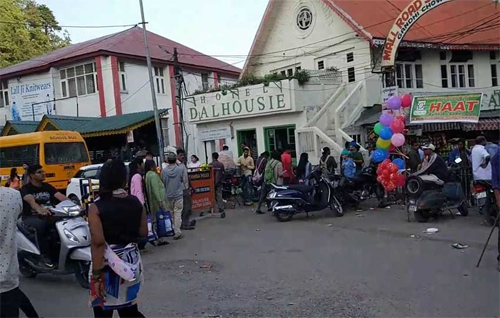
Mall road is one amazing place to shop from being in Dalhousie, one can enjoy some of the best activities in Dalhousie being here such as rejuvenation, witness the Pir Panjal mountain ranges etc. from here.
*********************************
10 Places to Visit in Dalhousie for Traveller's Delight!
by Veena World
April 8, 2020
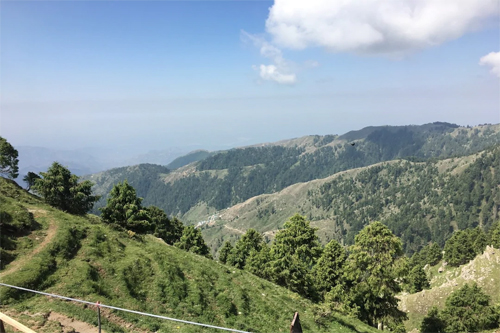
A pristine and gorgeous hill town on the Dhauladhar Range, Dalhousie is peacefully nestled amidst green pine and oak trees in the foothills of the Himalayas. One of the most well-known destinations in India, Dalhousie is often referred to as the Switzerland of India. It is characterized by its lush green mountains, beautiful scenic views, colonial architecture, and glistening rivers, and some of the best tourist spots. What’s quite interesting about Dalhousie is that it has managed to retain its serenity and natural beauty and till date elicits a vintage charm that is hard to miss out on.
1. The Best Time to Visit Dalhousie

If you’re planning to book the best resorts in Dalhousie¸ the best time for you would depend on your plans. The summers last from April to June, so you can visit anytime from March to May to make the most of sightseeing in Dalhousie. The weather starts getting warmer towards June and this time is considered to be the best time to visit, offering you the opportunity to take the most scenic walks around this hill town. If you are more of an adventure enthusiast and are searching for a different experience, you can head to Dalhousie to enjoy its snowy winters from December to February.
2. The Best Places to Visit in Dalhousie
There are several attractions within the town as well as amazing places to visit near Dalhousie which will keep you engaged throughout your trip. That being said, here is a list of the top 10 places you cannot miss out on when you visit Dalhousie: –
2.1 Khajjiar

Fondly known as the mini Switzerland of India, Khajjiar can be counted among the top places to visit near Dalhousie. It is a heaven for nature lovers with vast expanses of verdant meadows, views of the snow-covered Kailash, and the dense deodar forest. Khajjiar Lake adds to the beauty of the place, making it one of the most favored spots in the area. It is also the commencing point for several trekking routes and is the perfect destination for a day-long exploration trip. Khajjiar can be a great spot to enjoy a picnic with your family and friends. With a small plateau and a freshwater lake, Khajjiar offers a rare destination that brings together three ecosystems – lake, forests, and pastures – making for a sight that is amazing to behold. The best time to visit Khajjiar is in December. Exploring the best tourist places near Dalhousie will be incomplete without a trip to Khajjiar.
2.2 Kalatop Wildlife Reserve
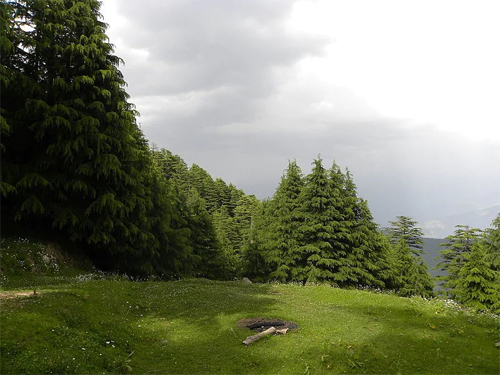
One of the best places to visit in Dalhousie, the Kalatop Wildlife Reserve is where you can enjoy a jungle safari, trekking, and bird watching here. Home of the wild, you might even be able to spot the Himalayan Bear when here. This reserve is counted among the best wildlife sanctuaries in Himachal Pradesh and is a great place for sightseeing in Dalhousie. However, apart from the abundant wildlife, there’s a lot more that the park has to offer. The park is supplied with water by the beautiful river Ravi that flows nearby. Then there are the blue pine, deodar, and oak trees that dot the Kalatop hills and wild daisies that cover the park, all of which make it one of the most delightful tourist spots in Dalhousie.
2.3 Satdhara Falls
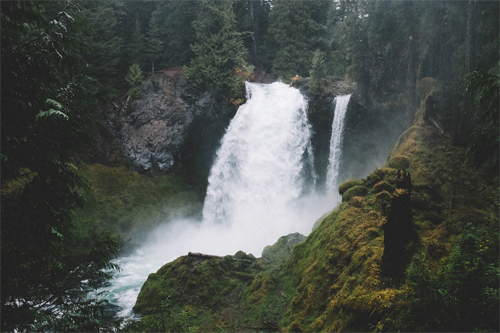
One of the most beautiful places to visit in Dalhousie, the Satdhara waterfall is located at a height of 2035 meters above sea level. One of the reasons behind the popularity of this waterfall is the tranquil and peaceful ambiance that it offers to all visitors. The name Satdhara means a “blend of seven streams” and the waterfall truly offers a great sight to behold. Another reason why the waterfall is one of the well-known tourist places near Dalhousie is because people believe that the water of this fall has medicinal and healing properties. Satdhara Falls is located on the Panchpula route, this is a destination that showcases natural artwork. This picturesque spot where seven streams blend into one is a very beautiful place and can be called one of the best places to visit in Dalhousie for couples and honeymooners to spend some quality time together.
2.4 Sach Pass – The Trekker’s Paradise
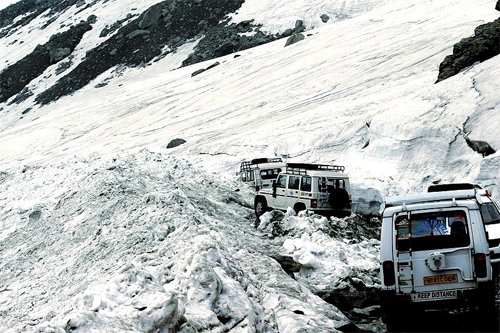
One of the top places to visit in Dalhousie, Sach Pass is located in the Sach Town in Chamba District. The destination is a very picturesque place to head to and is blessed with a rugged terrain that yields to some of the most picture-perfect landscapes. It doubles up as an amazing trekking trail and is among the best tourist places in Dalhousie for adventure enthusiasts. The trail leads all the way to the Pangi Valley, which is also one of the remotest and most enchanting valleys that you can visit in Himachal. If you plan to get to Sach Pass, you will need to drive through snow-covered crests, thick woods, and verdant rolling plantations. It is among those places to visit near Dalhousie where even the trip itself to the destination offers a very fulfilling experience. Located at an elevation of 14500 feet above sea level, the destination is ideal for a road trip, photography, and activities like trekking and hiking.
2.5 Tibetan Market
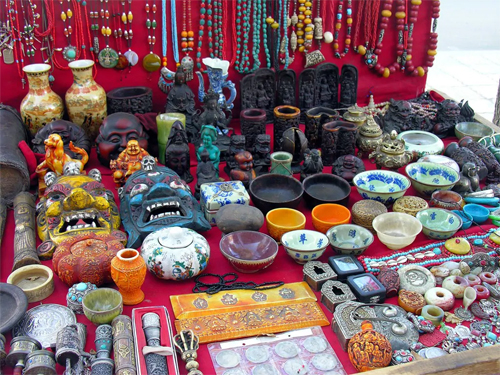
Every trip must include a stop at the local markets where you can indulge even more fully into the local culture; and while sightseeing in Dalhousie will take you to the Mall Road for some shopping, Dalhousie has other places as well. Make sure you give the Tibetan Market a look as well. One of the lesser-known tourist places in Dalhousie, this tiny, beautiful market is a must for your itinerary. If the Tibetan culture and handicrafts pique your interest, you are bound to fall in love with this place. The market is located at Gandhi Chowk and is one of the best places to visit in Dalhousie, Himachal Pradesh, for buying the finest Himachali and Tibetan handicrafts, Chamba slippers, beautifully carved jewellery, colourful hand-woven carpets, souvenirs, home decor items, and woollens and shawls.
2.6 Norwood Paramdham

This is one of the most famous places in Dalhousie if you want to witness a glorious sunset. Also known as Tapo Bhoomi, Norwood Paramdham is located on the Bakrota Hill. Swami Satyanand breathed his last at this place in 1960, after which it was also known as Param Dham. This is one of the best places to visit in Dalhousie if you are looking for a religious and cultural experience. The house is today managed by Bhagat Hans Raj Ji, a follower of Swami Satyanand who holds regular satang and semi-annual meetings at this place. There’s a certain serenity surrounding it.
Apart from the soothing and peaceful aura, this place is also one of the best places in Dalhousie to see a breath-taking sunset, which will leave you speechless as you marvel at the unparalleled beauty that nature has to offer. You can spend some great time here reveling in the surroundings and enjoying some of the best views.
2.7 Dainkund Peak
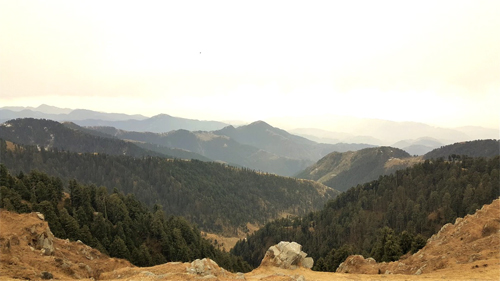
One of the very worthwhile places to see in Dalhousie, thanks to the snow-covered peaks and lush greenery that surrounds the place, Dainkund Peak is one of the most visited spots for sightseeing in Dalhousie. Dainkund is Dalhousie’s highest peak and gets the maximum amount of snowfall during the winter season. While there is a motorable road that will take you to this destination, it is also one of Dalhousie’s famous places for trekking. The route to Dainkund Peak offers some astonishing views that make it worth the effort. The whole stretch has so much natural beauty to offer that you will not be left wanting. Many times referred to as the ‘singing hill’, a trip to Dainkund Peak is highly recommended. While you can enjoy refreshing views of the plains, valleys, and hills, what really makes this place stand out is the enchanting sight of the three rivers, the Beas, Chenab, and Ravi, as they weave through the green landscapes, enhancing your experience here.
2.8 Francis Catholic Church
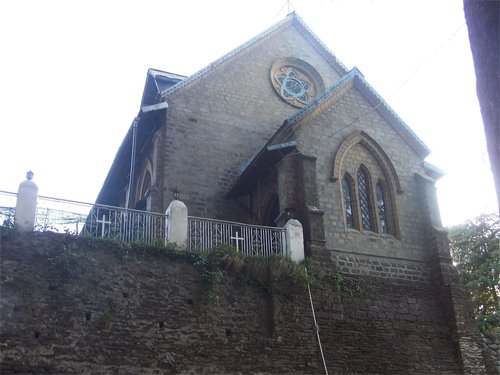
Another one of the famous places of Dalhousie, the St. Francis Catholic Church was established in 1894 and till date stands as a paradigm of art and architecture. The church is a very well-known attraction in Dalhousie and a very popular place of worship. It is counted among the best places to visit in Dalhousie for the distinguished charm it exhibits. When you have had enough of the adventure activities and would like to explore what makes Dalhousie such a charming destination, your sightseeing can take you towards the St. Francis Catholic Church, which is a spiritual sanctum that offers the perfect respite for visitors. This is a Dalhousie tourist place where you can embrace the essence of spirituality and experience the serenity that the hallowed walls have to offer.
2.9 Ganji Pahari
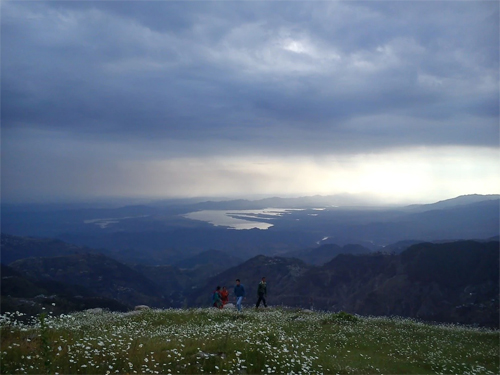
This is one of the places to visit in Dalhousie for some stunning panoramic views. The Ganji Pahari is a scenic hill near Dalhousie town on the Pathankot Road. The term Ganji means bald and Pahari means hill in the local language, and the name of this destination has been derived from its salient feature, which is the complete absence of any flora on the hull. This creates a natural landscape that makes it an amazing trekking trail, and thanks to its accessibility, it is one of the top places to visit in Dalhousie for a picnic. During the winters, the trail is covered with snow which makes the views even more stunning. While you will be able to see some amazing landscapes during any time of the day, the Ganji Pahari is among the best places in Dalhousie to see misty sunsets and sunrises. It’s the perfect place to explore during your trip to Dalhousie.
2.10 Rang Mahal
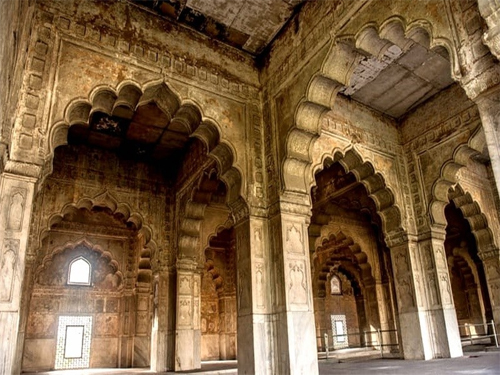
One of the most splendid places to visit in Dalhousie, Rang Mahal is a very popular attraction among all kinds of tourists. This is a magnificent palace that showcases a fusion of British and Mughal architecture. It was established by Raja Umed Singh in the 18th century to serve as the residence of the women of the royal family. The walls of the palace are decorated with Punjab hill style paintings that narrate the stories of the life of Lord Krishna. One of the top tourist places in Dalhousie, the Rang Mahal is located in the Surara Mohalla area. The palace is nestled amidst the most picturesque settings of lush greenery and is one of the largest monuments in the area. The palace also houses a handicraft shop, which is a popular place to visit in Dalhousie, where you can find woollen shawls, ethnic slippers, and more too take home as souvenirs.
These are some of the best places to visit in Dalhousie. However, this barely scratches the surface of all that the small town in the Himalayas has to offer. There is so much to witness and experience at this cosy hill town that your Dalhousie tour package will never have a dull moment!
*********************************
His Holiness to grace CST Dalhousie’s Golden Jubilee
by Jamphel Shonu
Central Tibetan Administration: Restoring Freedom for Tibetans
April 25, 2013
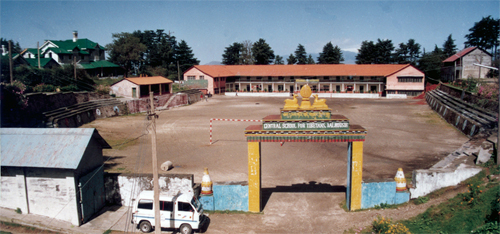
A view of the Central School for Tibetans at Dalhousie in northern India
DALHOUSIE: His Holiness the Dalai Lama and Sikyong and Education Kalon Dr Lobsang Sangay will grace the golden jubilee celebrations of Central School for Tibetans (CST), Dalhousie, scheduled for 28-30 April.
Preparations are on full swing for the landmark event, which will be attended by former students and staff from different parts of the world. The alumni include those who hold leading position in the Central Tibetan Administration and other major institutions in exile today.
Established in May 1963, CST in Dalhousie located some 143 km from Dharamsala, is one of the oldest Tibetan schools under the Central Tibetan Schools Administration (CTSA).
Talking to TibetNet, school rector Dawa Tsering said: “More than 4,000 have passed through this school over the years. Former staff and students include some of the most prominent personalities in the Tibetan community. The golden jubilee celebration expects to draw hundreds of former staff and students.”
The school currently has more than 240 students and 36 staff with classes from kindergarten to Class 12.
He said as requested, His Holiness the Dalai Lama and Sikyong Dr Lobsang Sangay has graciously accepted to grace the occasion.
His Holiness will arrive at Dalhousie on 27 April.
The main function of the three-day event will be held on 28 April during which His Holiness the Dalai Lama and Sikyong Dr Lobsang Sangay will address the public, he said.
As a mark of gratitude, the school will present souvenirs to His Holiness the Dalai Lama, the government of India, and former Kalon Tripa Prof. Samdhong Rinpoche, who was the school’s second principal.
Other highlights of the event include cultural performances by Tibetan Institute of Performing Arts (TIPA), performances by Aakama Band, and traditional Tibetan dances by school students and local Tibetans.

Schoolchildren taking part in a rehearsal for the golden jubilee celebration of the CST Dalhousie/Photo by Sangjey Kyab/TibetNet
*********************************
The Marsden Murders, or the tragic lives of three brewing brothers
Zythophile
by Martyl Cornell

There are stories you come across while researching the history of beer, sometimes, that set the mind boggling on its springs. Such a tale is the one we can call The Marsden Murders.
It centres on Arthur Eagles Marsden, born in 1849 in Pimlico, London to a dynasty of operative brewers. His father, Robert, was a brewer, possibly at Watney’s brewery in Pimlico, his grandfather, George Eagles Marsden, was a brewer living in Lewisham, then in Kent, according to the 1841 census, his uncle George Eagles Marsden junior was an operative brewer living in Heather Street, Kingston upon Thames in 1851 and his mother Anna was the daughter of John Hector, owner of the brewery in Blandford St Mary, Dorset that was later taken over by Hall & Woodhouse.
By 1861 Robert Marsden had moved with his family to the village of Stapenhill, on the edge of Burton upon Trent, where he was undoubtedly working at one of the many breweries in Burton, quite likely, given later history, the Meakin family’s Abbey brewery, in Abbey Street. Arthur, Robert’s oldest son, very likely learned the brewing trade in Burton, but by the early 1870s he was in Halifax, Nova Scotia, working as a brewer.
There he met a young woman named Catherine “Kate” Vaughan, three years his senior, daughter of Patrick Vaughan and Mary Sullivan, both from Cork in Ireland, who had arrived in Halifax around 1844. One source claims that Catherine’s parents “took her away from school” because they were afraid she was about to convert to Catholicism, and forced her “against her will” to marry the Protestant Arthur Marsden. This clashes with the known facts: Catherine was baptised in the Catholic cathedral in Halifax, and she was 26 or so, when she met Marsden, so not “at school”.
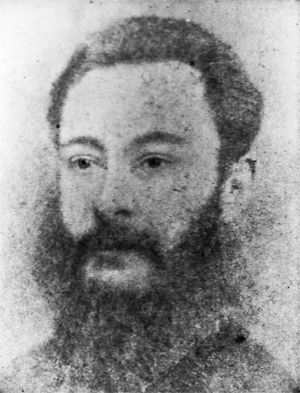
Arthur Eagles Marsden: photograph courtesy of Colleen Murphy
Indeed, Arthur and Catherine were actually married in Manhattan, New York in January 1873, suggesting there were difficulties about them marrying in Halifax, possibly because of the difference in religion. If there were problems with Catherine’s family about her marrying an English Protestant, they could not have been that severe, as one of the witnesses at the Manhattan wedding was her brother John. Arthur Marsden later claimed to have brewed in the United States, so it may be that he was working in New York
Exactly nine months later, in October 1873, Catherine was back in Halifax, where she gave birth to a son who was given a set of Marsden family first names, Robert, for his grandfather, and Eagles from Arthur Marsden’s great-grandmother, Anne Eagles. Soon after the new family returned briefly to England, and then, in December 1874, sailed from Southampton for India, where Arthur had evidently been offered a post as a brewer by the brewing entrepreneur Henry Meakin. Henry was nephew to George Meakin, owner of the Abbey brewery in Burton, and his father, Henry senior, had worked as a brewer in the town before switching to farming. Doubtless Meakin knew Arthur Marsden from the time when the Marsden family were in Burton.
Henry Meakin junior had come out to India in 1869, aged 25, to take control of the Simla Old Brewery, in the Himalayan hill station now known as Shimla, which had been founded in 1860. Its height, almost 7,500 feet above sea level, made it vastly cooler than the Indian plains and thus very popular with recuperating Europeans – and also one of the few places in India where brewing beer was possible without expensive cooling equipment. (There were, eventually, nine or so breweries running in a thousand-mile arc along the foot of the Himalayas, all at 5,000 feet or above, built to supply the garrisons of the British Raj with beer.)
By October 1871 Meakin had taken over another established brewery in Kasauli, 20 miles to the south, to run alongside the Simla Old Brewery. The “Kussowlie” brewery had been started by a former East India Company officer called Captain Robert Beavan in 1850 to serve the troops in the settlement. In 1874 the Times of India reported that “Her Majesty’s troops in the Hills and at Umballa” (a garrison town 120 miles north of Delhi) had “taken kindly” to the beer from Henry Meakin’s brewery in Kasauli, and “actually prefer it to the beer supplied to the Commissariat from home [i.e. Britain]. This is a strong test, for Her Majesty’s forces are the keenest of critics everywhere … and find faults in such things as beef, bread and porter, which are frequently beyond the ken of their Commanding Officers.”
The same year Meakin took over a third brewery, which had been opened in 1863 at Jeolikot, on the road three miles from Nainital, a hill station 6,800 feet up in the outer Himalayas, 180 miles south-east of Simla and 215 miles east of Delhi. The water at the brewery “resembles more that of Burton than does any other source in India,” it was claimed in 1882. However, the brewery passed through “several” owners, before being acquired by Meakin. He placed Arthur Marsden in charge as manager and brewer, and Marsden “obtained a contract to supply the troops at Naini Tal [sic], which tripled his operations.”
The Naini Tal Brewery Company was brewing XXX double stout at three rupees for a dozen pints in 1876 and two rupees a gallon in casks, as well as pale ale and XXX strong ale: “Customers supplying their own coolies can obtain their Beers at the Brewery by applying for Delivery Orders from the Agents.”. The brewery looks to have been rebuilt in 1877, as Marsden advertised in July that year “to Parents and Guardians” for a pupil “to learn Brewing and Malting,” starting from October 1, when “the spacious new premises, both Brewing and Malting, will then be in working order.” If required, “the Pupil can be taught the English, Canadian and American, in addition to the Indian System of Brewing, at a slight increase of premium, the advertiser having brewed in some of the largest Breweries in each of these countries.”
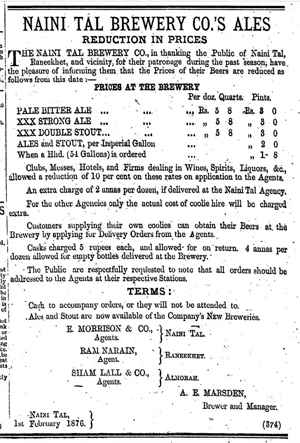
Ad Marsden Naini Tal 1876
The Marsdens lived at Nainital until at least the latter half of 1881, with Catherine giving birth to six more children, two of whom died. Some time before October 1879, Arthur was joined at Nainital by his younger brother Hector Lionel Marsden, born in 1858, who had also trained to be a brewer. By 1883, Arthur had moved to Henry Meakin’s Simla Old Brewery, where in December that year his wife gave birth to another son.
A third Marsden brother, the youngest, John Cecil, born in Stapenhill in 1862, had also come out to India as a brewer, and in 1882 he was put in charge of Henry Meakin’s one-year-old brewery at Panch Pool, Dalhousie. This was a cantonment named for the Marquess of Dalhousie, British governor-general of India from 1847 to 1856, 125 miles north-west of Simla and 6,500 ft up. In September 1884, after two years in Dalhousie, and at the age of 22, John shot himself, an act that led the Civil and Military Gazette to editorialise about the pressures on “a European in this country living alone a dreary cheerless existence among uncongenial surroundings, who has rushed upon a fate which those more fortunately situated think he might have escaped if he had the safeguards of society and companionship.”
Hector Marsden moved on to the Lucknow Brewery, 260 miles east of Delhi in the plains of North India, one of several breweries run by Henry Meakin’s big rival Edward Dyer, which had been opened in 1882. The Lucknow brewery, which used refrigerating machinery to help make beer in a climate where even in the coldest month, January, average highs were 76ºF/24.5ºC, was the first successful brewery in the plains. Hector was there by July 1886, when he was advertising for sale in a local newspaper “one silver pedometer, only used on one or two occasions.”
Arthur Marsden and his family look to have continued living in Simla until 1890, when they moved to Dalhousie, for Arthur to take charge of the brewery where his youngest brother had committed suicide six years earlier. The children had all been educated at Catholic schools in Darjeeling, but Arthur had become a Freemason in 1878, and was increasingly anti-Catholic, which was causing strains in the household. The strains became worse when Catherine and her two oldest children, Robert and Mabel (who had been born in Nainital in 1876) began attending mass at a Catholic chapel in Dalhousie run by Belgian priests. Arthur’s fellow Masons in the Dalhousie lodge were under-impressed, and one allegedly told him: “Listen, Marsden, if your wife was mine, I would lodge a bullet in her skull this instant.”
From then, it was claimed, Arthur began to threaten to murder his family, and in September 1893 his wife told one of the Belgian priests: “I am certain that one day or other he will kill us all.” The following month, on the evening of October 10, an argument between Arthur and Mabel saw Catherine try to intervene. A furious Arthur hurled an ink bottle at her head. Robert, who had just had his 20th birthday, tried to defend his mother, and Arthur grappled with his son, dragged him out of the house and threw him down a small ravine on the steep hillside. Robert was bruised but otherwise uninjured, and the two returned to the house. Arthur went upstairs, and Robert and Mabel, attempting to act as if all were well, sat at the family piano and played, while their mother wept in an adjoining apartment.
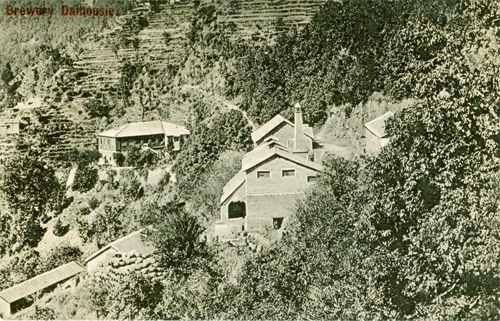
The brewery at Panch Pool, Dalhousie, built, like most breweries in the Himalayan foothills, on a steep slope. The brewer’s house is presumably the two-storey building in the middle distance, centre-left
Suddenly Arthur reappeared, went into the apartment where his wife sat, and the horrified youngsters heard two loud reports. Their father had just put two bullets into the head of their mother. Robert rushed into the room, and Arthur shot him in the head, two or three times. He held the revolver close enough to both his victims that they suffered powder burns to their faces. Mabel stood in the doorway, hands clenched, looking at the horror before her, as her father raised his arm and shot her too, the bullet passing through her cheeks. She rushed bleeding out of the house, pursued by her father, and when, in the darkness, she fell, despite the family syce, or coachman, who had appeared, pleading with Arthur not to kill the girl, Mabel’s father bent over her and shot her in the head again, declaring: “Now you are sure to die.”
After this carnage, Arthur returned to the house and prepared a telegram to be sent to Henry Meakin to tell him that another manager would be needed immediately for the brewery. He then wrote several more letters, including one to Lieutenant Barton, the Assistant Civil Commissioner, detailing the events of the evening and declaring himself ready to be arrested. The messages were handed to his coachman to deliver to the post office, and Arthur then went out to the brewery and calmly set in motion the necessary actions for the next day’s brewing.
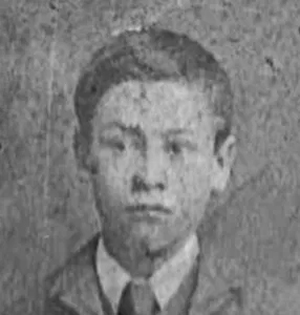
Robert Marsden, photographed aged 15 or 16. Courtesy of Colleen Murphy
The coachman, whose name was Abdul Gafar, was on his way to the post office when he found Mabel lying on the path, and rushed to the house of Captain Donnelly nearby. The girl was carried to the Donnellys’ home by servants, and a doctor, who happened to be the Donnellys’ son-in-law, examined her and found that the second bullet her father had fired had glanced along her skull and lodged in her neck. She was still alive, but death had been very close, and initial reports said she was not expected to live.
Meanwhile, Arthur’s letter having been delivered to Lieutenant Barton, a squad of police led by the assistant commissioner, together with the civil surgeon, Dr O’Neill, had arrived at the brewery. There they found Catherine and her son lying dead where they had been shot. The police, amazingly, were unarmed, and all were thus unwilling to go hunting in the dark a madman with a revolver. Lieutenant Barton was getting ready an urgent appeal to the officer in charge of the local army depot to send 100 or 200 men to scour the countryside the next day and, if necessary, shoot Arthur down, when a policeman came up and said that the murdering father had surrendered, quietly and calmly. He was taken away to the hawalat, or jail, where he remained under a strong guard while awaiting interrogation.
Arthur’s version of events, as related to the investigators, was that on the evening of the murders he had been threatened by his son, whom he was constantly upbraiding and finding fault with, and Robert had attempted to shoot his father, unsuccessfully. Arthur then shot his son, he claimed, in self-defence, and went on to shoot his wife and daughter in a fit of madness.
The inquiry into the murders accepted that there was “corroborative evidence” that Robert had levelled a gun at his father but that it had “snapped on an exploded cartridge”: Dr O’Neill, who had seen the bodies, stated at first that he was positive there was a gun on the floor beside Robert on the floor. As a result Arthur was sent to the Chief Court in Lahore to face charges of murdering his wife, the attempted murder of his daughter and “culpable homicide not amounting to murder” in the case of his son, though later Dr O’Neill said in court only that there “might have been” a gun on the floor. The trial was delayed until Mabel was well enough to give evidence. Meanwhile one newspaper in India wrote, ten days after the murders, that “popular feeling is turning round in sympathy” with Arthur: his wife, it was claimed, was “a shrew”, and “the evidence elicited in the trial goes a long way to show the miserable life his family has led him at home. His troubles seem to have dated from the day they were converted from Protestantism to Catholicism; and the subject of Masonry, Mr Marsden being a strong Mason, has always been a bitter bone of contention.”
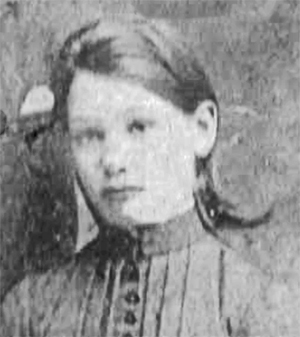
Mabel Marsden, photographed aged 14 or so. Picture courtesy of Colleen Murphy
At the trial, Arthur insisted that after he had argued with his son over Robert’s laziness, Robert had threatened to shoot him, he had run for his own revolver, and when Robert aimed a gun at him, he fired his revolver in self-defence. Mabel repeated her original statement that Arthur had shot her mother first and then her brother, and denied that her brother was lazy. She gave evidence that her father used to throw chairs and bottles at her mother, and had “a very bad temper, which used to get worse about the time of the new moon.”
The judge, in his summing up, emphasised the gun that might have been on the floor, as apparent evidence that Arthur’s account was believable, and stressed that Mabel’s evidence might not be completely reliable, after she had been shot in the head. He also suggested that it was possible Arthur was sane when he shot his son, believing he was defending himself, and insane when he shot his wife and daughter. The jury, evidently swayed by these arguments, found Arthur not guilty of murdering his son, on the grounds of self-defence, and guilty of causing the death of Catherine and of wounding Mabel, but they acquitted him of murder and attempted murder because of being temporarily insane, the last two verdicts possible under Indian law but not English law.
After the verdicts were announced, lawyers and members of the public went up to Arthur and gave him “hearty congratulations”, a reaction which appalled one Indian newspaper: “That the sober and educated members of an Anglo-Indian community should be offering congratulations to a man whose hands are stained with the blood of his whole family, and who could be regarded best as an irresponsible homicide would have seemed a week ago inconceivable.”
Arthur was not freed, however: the presiding judge, Sir Meredyth Plowden, said that he should be kept in custody in the Lahore Central Jail pending the orders of the Punjab government, to which the case would be reported. In February 1894 the Punjabi government, showing sense rather than sympathy, ruled that Arthur was a “dangerous criminal lunatic, who is sane except when in the least excited,” and orders were issued that he be detained in the Bhowanipur Lunatic Asylum, Calcutta. In 1902 he was sent to Port Blair, in the Andaman islands, where the Indian government often exiled dangerous political prisoners, though he was apparently allowed to roam about: in 1906 he was trying to marry “a native Christian girl”. In 1907 there were proposals to transfer him to a lunatic asylum in England, but the following year he was moved instead to the lunatic asylum in Lahore. He was still apparently being held in a lunatic asylum in 1914: what happened to Arthur over the next 17 years before his death in Lahore in February 1931, aged 85, I have been unable to discover.
Meanwhile there was one more tragedy to be played out among the Marsden brothers. Hector Marsden moved at some point to Solan, 15 miles to the south of Shimla, where he was manager from at least 1894 at the brewery opened there by Edward Dyer in 1877. A young subaltern in the 2nd Battalion Royal Munster Fusiliers, who was stationed in Solan, wrote admiringly in June 1894: “Mr Dyer and his manager Mr Marsden at the Brewery here dispense hospitality with a lavish hand whenever we go over and as they have an excellent billiard table some of us are generally to be found there in the afternoon.” Hector was still in Solan in December 1895, when he was advertising a Webley revolver for sale, “in excellent condition”. Soon after this he returned home to England, where he was apparently living for a while in Derbyshire, possibly with or near his three sisters, who were lodgers in a house in the village of Baslow, in the Derbyshire Peak District. [Update: there appear to be Marsden family links with Derbyshire – see comments from Peter Moynihan and Colleen Murphy below.]. In July 1897 Hector and one of his sisters arrived in Seaford, on the Sussex coast, presumably on holiday, and were staying at a house in Carlton Terrace, Broad Street. On the night of Sunday July 18 Hector retired to his bedroom, apparently well. The next morning he was found on the floor of the bedroom with a revolver wound to the head. He was 39 years old.
Alfred Marsden’s daughter Mabel stayed in India, and went on to have a long career as a teacher, working at convents in Darjeeling and Simla, finally dying in 1960, aged 84. Of the four other children of Arthur and Catherine still alive at the time of the murders, who were all apparently away at Catholic schools in northern India themselves in 1893, Arthur junior, born 1878 in Nainital, became a professor of history and taught at St Xavier’s College, a Catholic establishment in Calcutta, dying in 1959 aged 81; Charles, born in Simla in 1883, died of smallpox about 1909; Cecil, born in Nainital in 1879, fought in the First World War in East Africa with the Calcutta Volunteer Battery, an artillery unit, and died in Calcutta in December 1929, aged 49 – he had been badly disfigured by a tiger at some time, and was looked after by his brother Arthur until his death; and Ethel, born in Nainital in 1880, who married a civil servant working for the Indian government in Simla in 1914, died in 1939. Ethel was the only one of Arthur and Catherine’s children to have children herself: those children were brought up in India, and educated by nuns, who told them that Catherine and Robert had died on the same day of cholera, a story the family continued to believe.
With many thanks to Colleen Murphy for her researches into the Marsden family, without which this tale would have been very much poorer.

